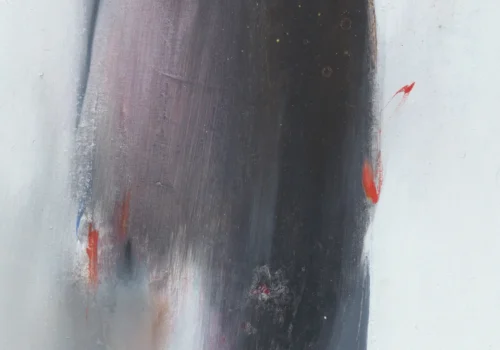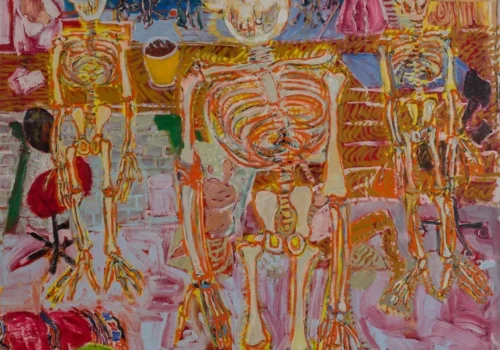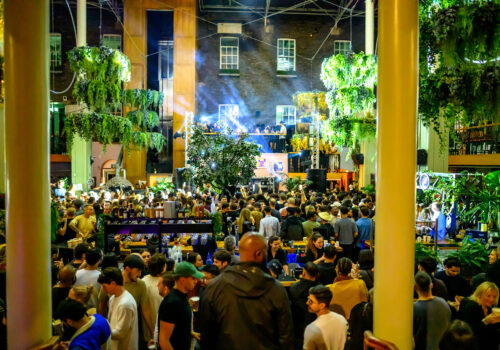That Time Irish Towns Went Mad For The Soviet Republic
Words: Dray Morgan
Following The Irish War Of Independence, from 1919 to 1923, various Irish towns and cities started to adopt the label “The Irish Soviets. This came at a time where there was a large amount of revolution within Europe, with areas in Germany, Ukraine and Hungary becoming part of the Soviet ideology.
Monaghan’s Soviet Efforts

Monaghan became the first county to attempt to bring in Soviet influence on 29 January 1919. Staff at Monaghan Asylum, now called St. Davnet’s Hospital, flew the red soviet flag over the building as part of industrial action for better working conditions. At that time, staff were made to work 93-hour weeks and were not allowed to leave the premises even when not working. The protest resulted in staff winning a 56-hour work week as well as those who were married being able to return to their partners between shifts.
The Limerick Republic

The most famous attempt at bringing a societ regime into Ireland was through the City of Limerick. For a two-week period, Limerick was behind the soviet sentiment, enacting a general workers’ strike throughout the city as a form of protest towards British rule. The Limerick soviets ran the city for this short time, even printing their own currency and controlling the supply of food and publishing their own newspaper. Eventually, pressure from the Catholic Church and the Mayor of Limerick saw the soviet republic of Limerick disband after 13 days.
The Limerick soviet efforts were the largest of its kind in Ireland and went on to be the inspiration for many other smaller soviet republics throughout the country.
Elsewhere in Ireland

Soviet sentiment spread in Ireland, to the point where almost every major population hub had some sort of uprising. Areas such as Cork, Waterford, Roscommon, Tipperary, Killarney and many more had contained communities of workers, flying red flags against the British business owners which paid unfairly.
By 1922, Irish opinion on soviet ideology had changed as The War of Independence continued to put Ireland into financial difficulty. Mainstream media such as The Irish Times turned against the movement, citing their beliefs as being anarchists. Although Ireland gained its freedom from British rule, they were still pressured by them to stamp out any communist or soviet ideology. The soviet era was over in Ireland.





